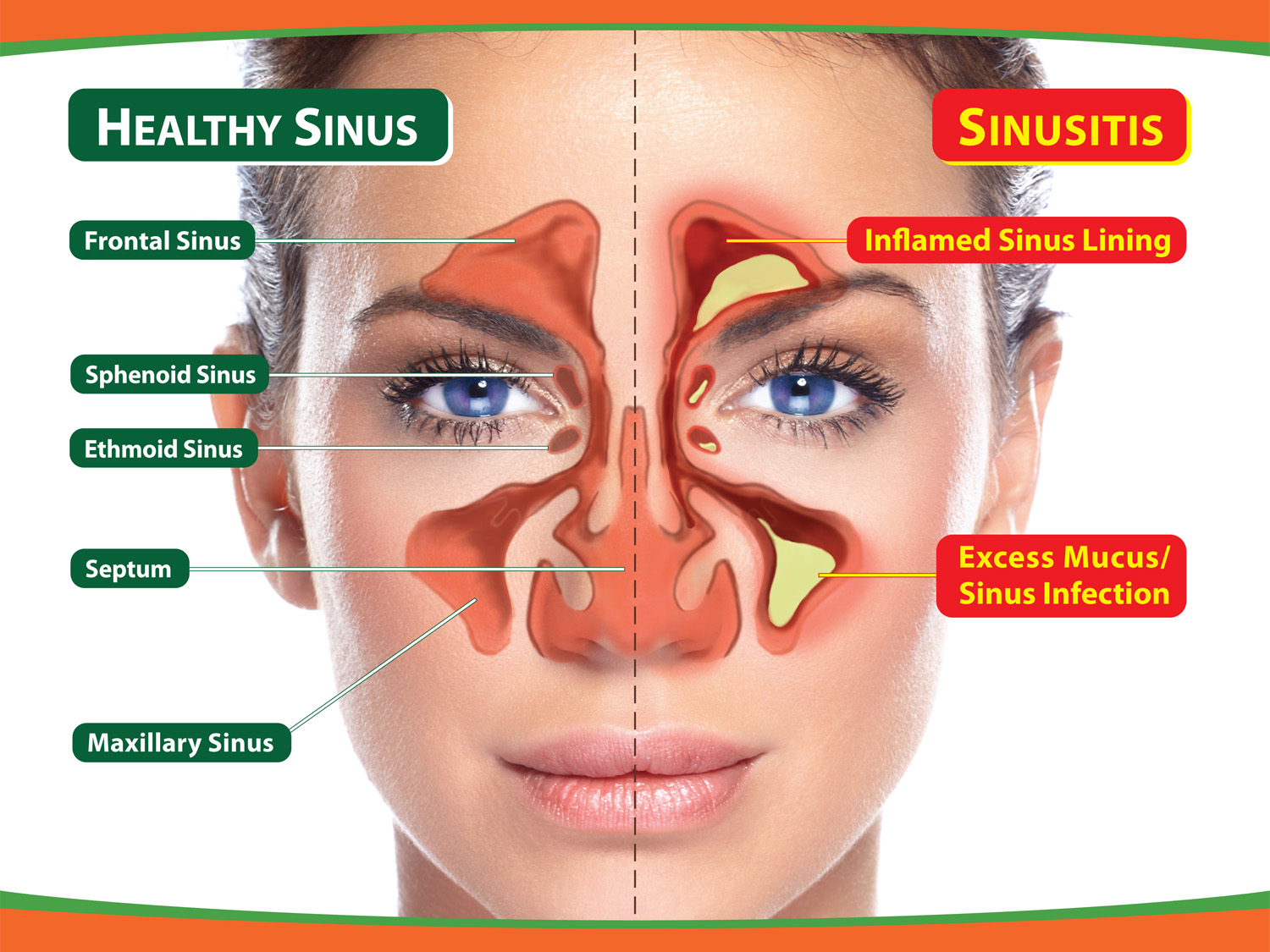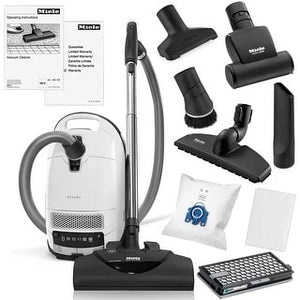The Relationship Between Air Pollution And Health

In the last century it has been established that air pollution has a direct impact on health. Air pollution is responsible for both the severity and likelihood of flu. If you live in an area that is heavily polluted, the effects are felt on the respiratory tract in the form of influenza and other respiratory diseases.
How Does Polluted Air Cause Flu
Elevated levels of air pollution increase the risk of influenza. This is due to the increase of pollutants such as PM10 particulates. These include emissions from natural and miscellaneous sources like fugitive dust from unpaved and paved roads, agricultural and forestry activities, wind erosion, wildfires and managed burning, diesel exhaust, nitric oxides, sulfur dioxide, and ozone.
When human beings inhale PM10 particles, they are exposed to diseases of breathing and respiratory systems, damage to lung tissue, cancer, and premature death. People with chronic lung disease, influenza, or asthma are particularly vulnerable and so are the elderly and the children.
.jpg)
Air Pollutants And Their Effect On Health
|
POLLUTANT |
SOURCE |
EFFECT |
|
Benzene |
Motor vehicle exhausts and petrol evaporation |
Human carcinogen |
|
1-3 Butadiene |
Motor vehicle exhausts and chemical industrial processes. |
Human carcinogen |
|
Carbon Monoxide |
Incomplete combustion of organic materials (Carbon-containing). Wood, coal, oil, gas. Outdoors: vehicle exhausts, heating appliances. Indoors: smoking, heaters (unvented). |
Reduces the oxygen-carrying capacity of the blood leading to headaches, nausea, vomiting, eventually collapse and death. |
|
Lead |
Outdoors: motor vehicle exhausts. Indoors: may be present in water pipes and/or old paint. |
Cumulative effects on the nervous system that may impair children's intelligence and concentration. |
|
Nitrogen Dioxide |
Combustion of fossil fuels, road vehicles' power generation, industrial processes. Indoors: unvented gas cookers and other appliances. |
Throat and eye irritation (also involved in photochemical smog formation). |
|
Ozone |
Product of chemical reaction between other pollutants (Nitrogen Oxide and hydrocarbons in the presence of sunlight). |
Running eyes, throat irritation, breathing difficulties. |
|
PM10 (particles less than 10 micrometers in diameter) |
Combustion processes and natural sources such as dust, diesel, and smoke. |
Small particles can penetrate deep into the lungs and cannot be expelled. They may cause irritation and/or carry with them toxic or carcinogenic substances. |
|
Sulfur Dioxide |
Domestic and industrial burning of coal. |
Irritation of the nerves in the nose, throat, and airways. May also lead to constriction of the airways. |
|
Asbestos |
Building material, wall cladding, insulation, brake linings. Exposure usually indoors during building work and car maintenance. |
Scarring of the lungs and increased risk of lung, chest, and abdominal cancer. |
|
Volatile Organic Compounds, e.g. Formaldehyde |
Paints, varnishes, glues, and preservatives used in wood products. Foam insulation. Exposure indoors during decoration or construction. |
Breathing difficulties, eye and skin irritation, nausea, and dizziness. |
|
Radon |
Rocks that contain naturally occurring radioactive material emit Radon gas. |
Increased risk of lung cancer. |
|
Cigarette smoke, Nicotine, tar, formaldehyde, oxides of nitrogen and Carbon Monoxide |
Smoking |
Eye, throat, and lung irritation. Increased liability to respiratory illness. Increased risk of lung cancer. Non-smokers breathing in others' smoke are also at risk. |
|
Micro-organisms and allergens |
Biological contaminants, mold spores, viruses and bacteria |
pneumonia-like respiratory illnesses, allergic reactions. |
Steps To Prevent Flu
Flu is a serious disease, and can be fatal too if you suffer from diabetes, asthma, heart disease, or even a weakened immune system. Follow the following steps in preventing flu.
- Take care of yourself – Eat a balanced diet. Exercise regularly. Try to get at least 7 to 9 hours of sleep at night. All this will give the body strength to fight diseases.
- Quit smoking – Smokers tend to react severely to flu germs. Not only that, evidence suggests that smokers tend to catch the flu more quickly than non-smokers.
- Take medication – In the event that you do catch the dreaded flu, then it is important to take your medication regularly to prevent the symptoms from getting worse.
- Build a germ barrier – Flu germs can be caught from the air, when infected people cough and sneeze or from dirty surfaces, too. Try and stay away from infected people. Other things that you can do is:
- Wash your hands with warm water and soap every time you shake hands or touch a surface that might be germ-covered.
- Carry an alcohol-based hand sanitizer with you for times when you can’t get to a sink.
- Bring along disinfectant wipes to clean any surfaces you're about to touch.
- Take extra care to not touch your mouth, eyes, or nose without washing your hands first.
Look After Yourself When Suffering From Flu
If you do catch the flu, you need to ensure that your family and work mates do not catch it off you. Follow the following regime till you get better.
- Stay home until you feel better and your fever has been gone for at least 24 hours. During more serious epidemics a minimum of 14 days of self-quarantine is required.
- Sneeze into your elbow, not your hand. That way you can’t pass it around.
- Toss used tissues after you blow your nose. Don't leave them lying around for someone else to find.
- For people suffering from respiratory allergies vacuum daily.
- Clean and sanitize ALL surfaces. In other words, everything that hands touch. Viruses like COVID-19 stay on metal surfaces up to 9 days. We recommend cleaning and disinfecting all surfaces daily. For people with allergies caused by sanitizing chemicals we recommend using steam cleaners which simply use hot pressure steam to clean surfaces and kills all types of germs and viruses. They also come with various attachments and accessories.
- Keep a reliable air purifier to continuously clean up the air in your house and work environment.
Let’s join hands to prevent and fight flu and other seasonal respiratory infections.
- Red Vacuums







Comments 0